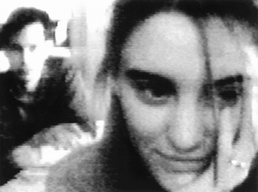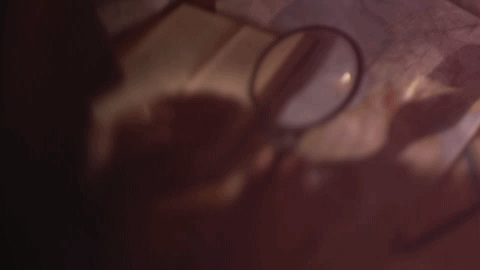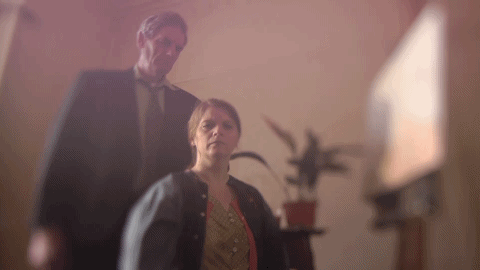The main character in my film is someone who is trying hard to focus on pleasant memories but whose mind is continually invaded by negative ones. The character never speaks, so lens whacking is one way in which I saw fit to translate his psychology visually. The film's aesthetic is based around light and it's relationship metaphorically to memory, so this also made the effect well suited. By detaching the lens and moving it back and forth in front of the sensor, focus can be shifted rapidly from a slight depth of field to deep focus, and light leaks in natural, smooth streaks and washes onto the sensor. Additionally, we also chose to flag around the backend of the lens to have more control over the light and distorted the image by twisting the lens away from the sensor at an angle. A lot of cameras nowadays can shoot without a lens, particularly DSLR's, but we were using a Panasonic AF101E which doesn't, necessitating taping down the contacts to fool the camera. What was achieved by DoP Garry Torrance can be seen below. I'm very fond of when equipment is misused or pushed further than intended for artistic effect. Either for DIY necessity or visual aesthetic, there's something pleasurable about being witness to crafty and brash invention. I had the joy of working on Josh Loftin's I Can't Be Kaspar as a sound recordist, a film which used cheapo-espionage cameras in lighters and glasses. Josh wanted the film to live inside the head of the central character and also film real situations between his actors and the public without visible cameras.  Michael Almereyda's Another Girl, Another Planet Michael Almereyda's Another Girl, Another Planet There's many examples of rough-and-ready cinematography. Ben Wheatley's A Field in England used a Holga toy camera and cheap telescope glass to create a fantastic otherworldly atmosphere (watch their behind-the-scenes video here). The hard-to-find Another Girl, Another Planet by Michael Almereyda, a favourite of mine ever since I bought it on a whim from a Global Video bargain bin years ago, used a Fisher Price Pixelvision camera, which records on standard cassette audio tapes and renders everything in a shimmering lo-fi somewhere below corner shop CCTV in quality. You could call it a gimmick, but obfuscation becomes viewer engagement and peering into Almereyda's ghostly murk feels immersive and dreamlike for me in a way no film apart from Primer has since accomplished. UPDATE: I've uploaded my VHS copy of Another Girl Another Planet here I'd love to find more examples, or hear stories from other filmmakers who have dabbled in weird techniques and risked breaking their equipment for the sake of a film, so please comment below.
8 Comments
Leave a Reply. |
Archives
November 2023
Categories
All
LinksWriting
Art & Design Science Music Film All contributions by Kieran Gosney unless otherwise stated.
© Kieran Gosney and kierangosney.com, 2013. Unauthorized use and/or duplication of this material without express and written permission from this blog’s author and/or owner is strictly prohibited. Excerpts and links may be used, provided that full and clear credit is given to Kieran Gosney and kierangosney.com with appropriate and specific direction to the original content.
|


 RSS Feed
RSS Feed